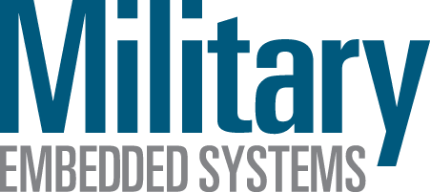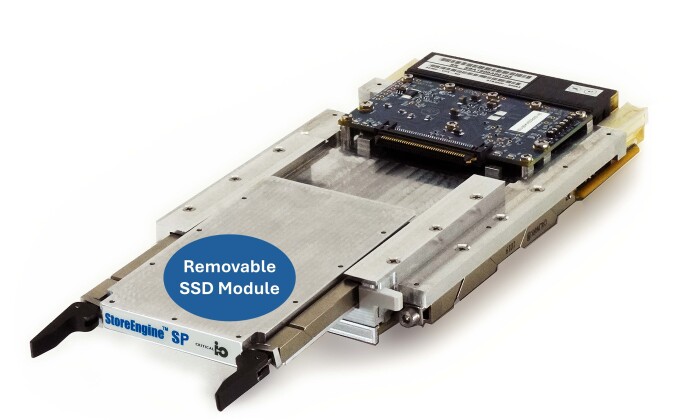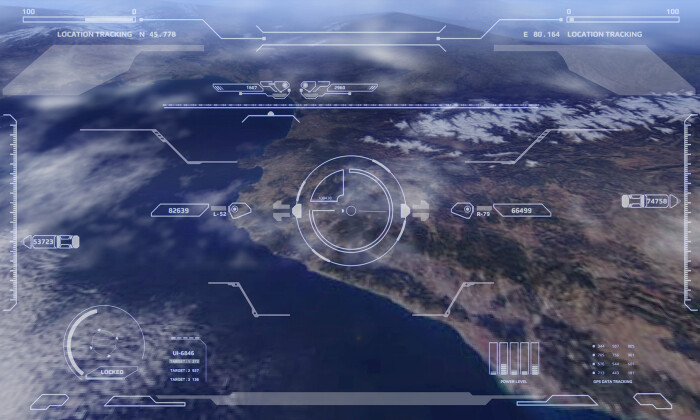Military Embedded Systems
Other Videos
Press Releases
-
Latest Release of Wind River Studio Developer Addresses Challenges of DevSecOps Adoption for the Intelligent Edge
April 10, 2024
-
Push the Limits of Commercial GaN with ADPA1113
April 10, 2024
-
One Stop Systems Expands Business Development Team to Support Growth in U.S. and International Defense and Commercial Markets
April 09, 2024
-
Retired Navy admiral Andy Loiselle joins Scientific Systems as strategic advisor
April 03, 2024
-
DDC-I and North Atlantic Industries Announce DAL A BSP Support for Safety-Critical Deos RTOS Running on NAI’s 68PPC2 T2080 Multi-core OpenVPX Single Board Computer
April 01, 2024
Products
-
Holt Expands Line of Drop-In Replacements for DDC MIL-STD-1553 Terminals
September 12, 2023
White Papers
-
The LDRA Airworthiness Handbook - Because there’s more to it than just DO-178C
March 18, 2024
-
How Minimizing Pulse Droop in GaN Power Amplifiers Improves Radar Range
March 07, 2024
-
How to Select the Right Type of EMI Filter for Harsh Environment Operation
March 01, 2024
-
Benefits of a COM Express + Custom Carrier Board Solution
November 08, 2023
-
Direct GPU RDMA Recording using RoCE Ethernet Links
September 08, 2023
-
Rugged mission displays for surveillance applications
March 30, 2010
-
Software warranties -- A new era?
September 23, 2009
-
Solving the processor challenges for safety-critical software
October 12, 2011
-
Remote test equipment solves problems in avionics bus systems
June 24, 2008
Unmanned
-
COM Express enables application-specific data acquisition systems
October 12, 2011
-
Enhanced Full-Motion Video advances military UAS surveillance - Multistream image processing and routing in real time
October 06, 2010
-
COTS vendors, while concerned about extensive DoD budget cuts, see opportunities for retrofits, unmanned systems
October 12, 2011
-
Deploying ruggedized platforms for unmanned vehicles
June 20, 2011
-
JDL Level 2-4 information fusion engine released by Larus Technologies
May 23, 2013
-
DARPA Adaptive Radar Countermeasure program contract awarded to Leidos and Exelis
June 01, 2015
-
The Internet of Things for the intelligence community
July 23, 2015
-
Predictive analytics and the industrial IoT: Thinking about military adoption
September 10, 2015
-
Open standards ease Multi-Level Security (MLS) systems integration
July 27, 2011
-
Domain-specific property checking with advanced static analysis
February 17, 2011
-
Should we put up with software that doesn't work?
September 02, 2011
-
Protecting integrated circuits from silicon Trojan horses
February 10, 2009


































